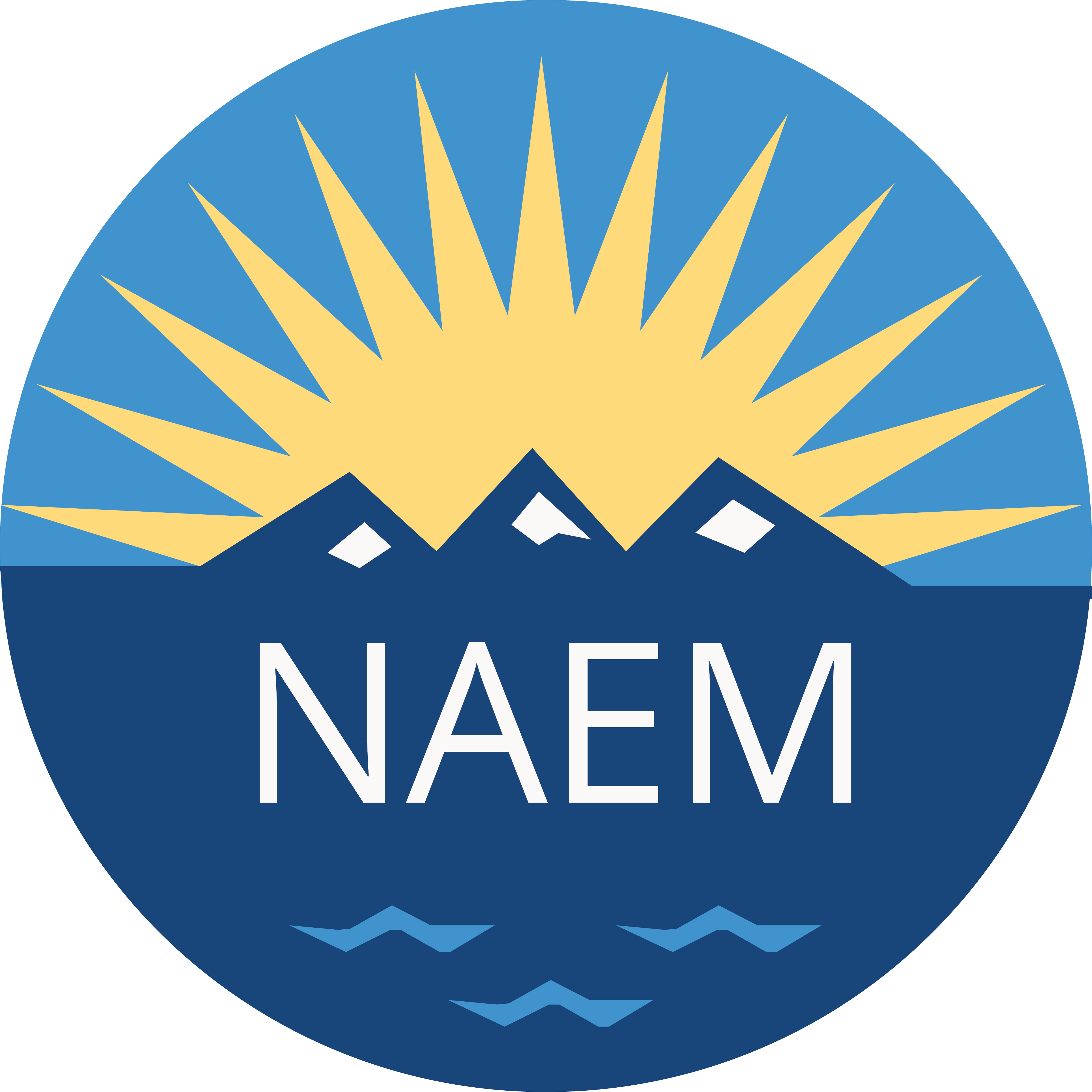The Origins of an Environmental Management System at Stella-Jones Corp.
By Jessica Tierney, Senior Compliance Specialist with EHS Support.
Mergers, acquisitions and international expansion are at an all-time high since the 2009 recession. With lenders, private equity firms and strategic companies doing more deals, there is more pressure on corporate EHS teams to integrate quickly and maintain compliance. Environmental, Health, and Safety Management Systems (EHSMSs) are critical to protect the health and safety of workers and the environment, and are an excellent way to integrate new acquisitions into a company’s EHS culture.
One company we worked with who dealt with this challenge was Stella-Jones Corp., a pressure treated wood products manufacturer that underwent rapid growth through acquisitions between 2005 and 2013. Since 2014, we have assisted Stella-Jones with the implementation of its environmental management system at its U.S. facilities. We recently spoke with Patrick Stark, Director of EHS Compliance, to learn more about the origins of the company’s SHIELD system.
Q: Your company grew almost 25 percent from acquisitions between 2012 and 2013, and another 15 percent in 2013. What kinds of challenges did that introduce from an EHS standpoint?
Patrick Stark: With the rapid growth, Stella-Jones became “collection of smaller companies” and each one had different ways of addressing EHS management and compliance. It made sense to combine all of the good ideas under one organized management system. Although our corporate EHS staff are top-notch, we needed to focus on day-to-day compliance, so we brought in outside resources to assist with implementation at the facility-level.
Q: What solutions did you explore to help you develop your system?
Patrick Stark: We said, “If we’re going to standardize, why not use one of the most recognized standards (ISO 14001)?” We also incorporated safety under the ANZI/AIHA Z 10 standard. We used those as our overall principles to put together the guiding framework for our management system. At the time, we didn’t have a requirement for an external certification, but we knew that if we ever decided to [seek certification], we would be ready to do it.
Q: You created a brand for your EMS. Why is this internal marketing approach important?
Patrick Stark: Trying to express our company’s policies to workers or other interested parties is very difficult without a key word that people can remember. We came up with the name SHIELD, or Safety, Health Improved Environment Leading our Decisions, because it embodies how we conduct business related to EHS. These concerns truly lead our decisions in many ways.
Q: How did you get started?
Patrick Stark: As soon as I joined the company and we started standardizing different policies and programs, we wrote them in a format that was compliant with the management system standards, knowing that sometime in the future they would all come together to form our EHSMS. We rolled them out in a step-wise fashion; training was the first. When we wrote the training policy, we knew that we should set it up in a way that would lend itself to becoming part of the overall system. After training we worked with corrective action as the next policy and moved on from there.

